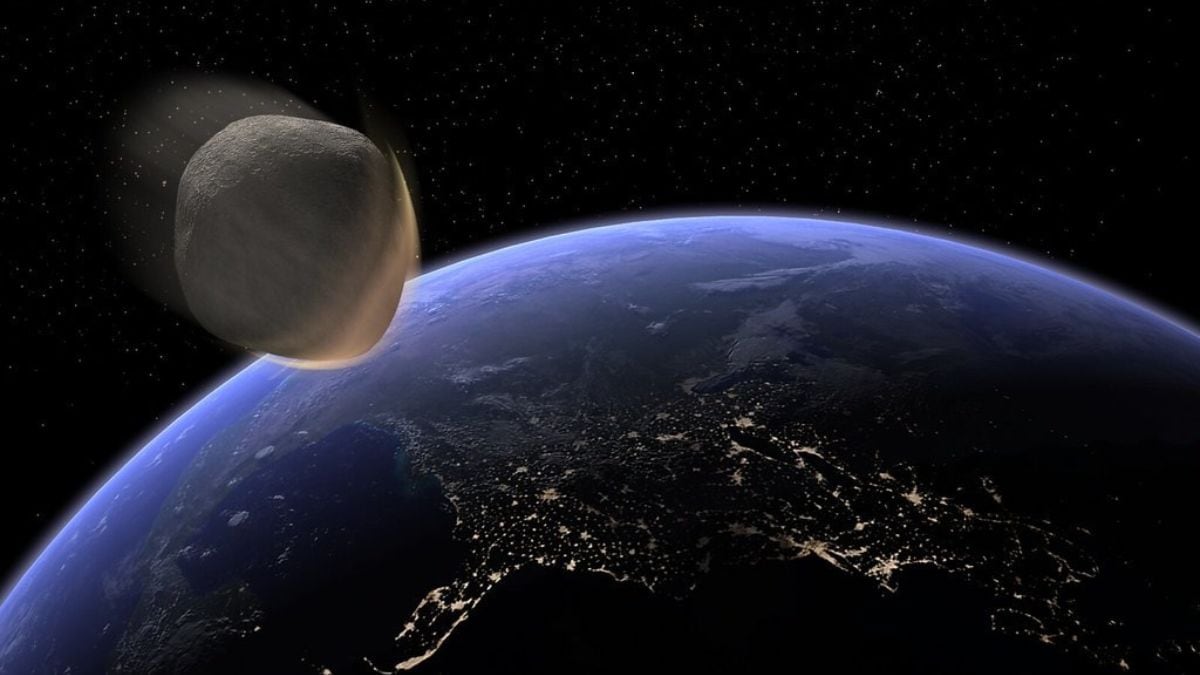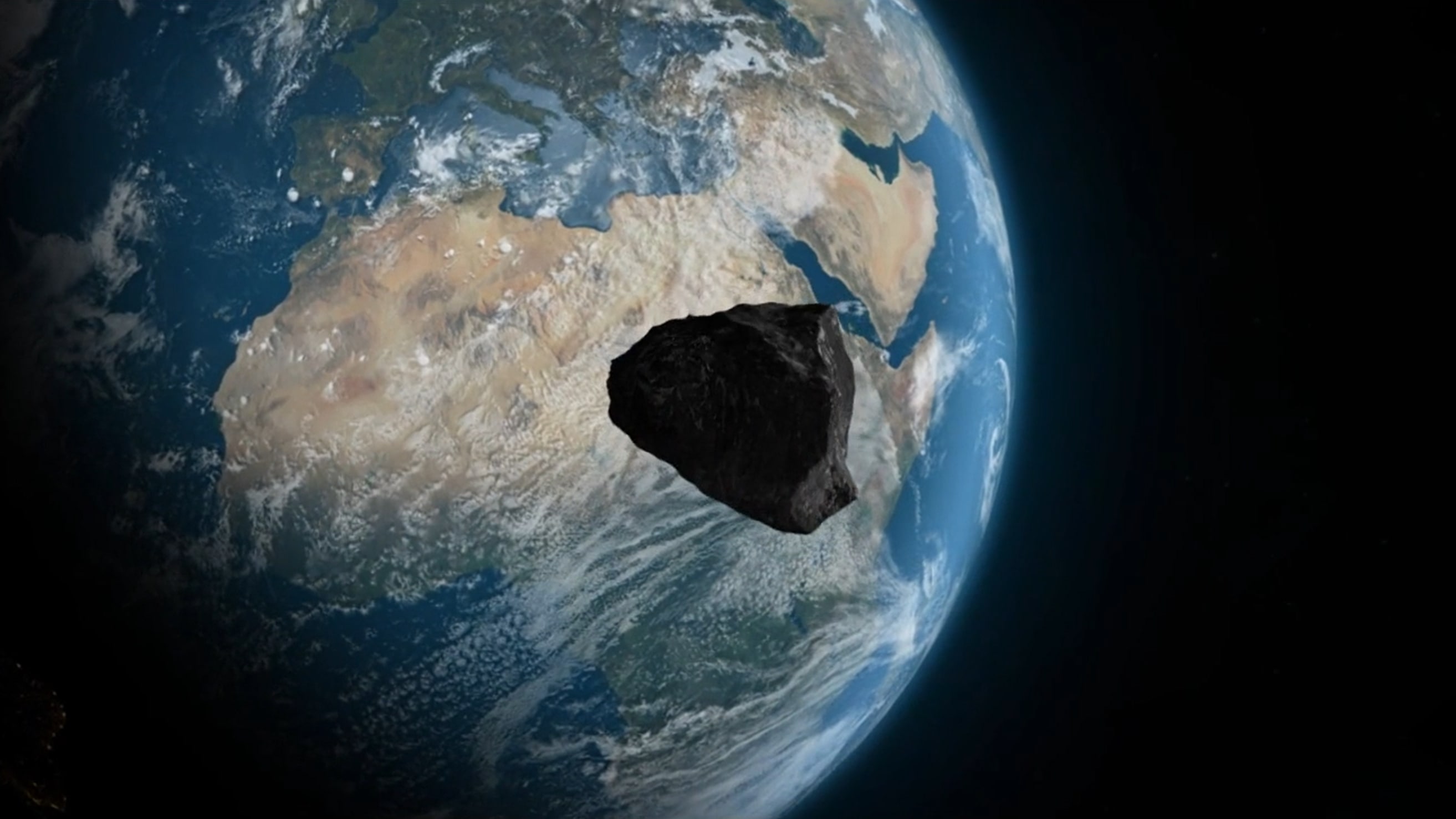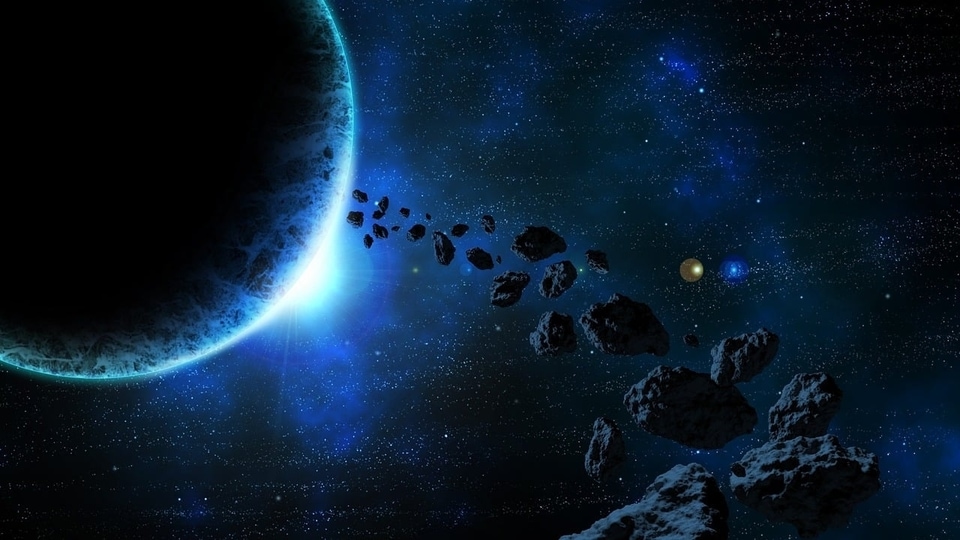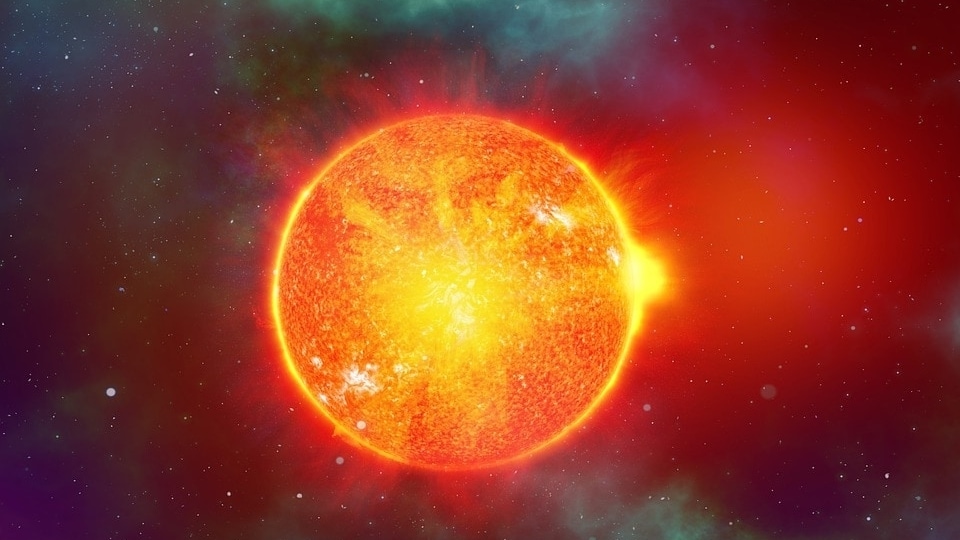M-class solar flare threat! NASA observatory keeping a watch on dangerous sunspot
NASA Solar Dynamics Observatory has revealed that a current sunspot has the potential to hurl out a solar flare! Know all about this M-class solar flare threat.






 View all Images
View all ImagesJust recently, it was revealed that Earth could be in the firing line of a solar storm as sigmoid eruption was observed on the surface of the Sun. This eruption hurled out a Coronal Mass Ejection (CME) towards Earth, which has the potential to deliver a weak blow to the Earth's magnetic field. However, this isn't the only threat. In a new development, the NASA Solar Dynamics Observatory (SDO) has tracked a dangerous sunspot and it could hurl an M-class solar flare towards Earth. This is the latest solar phenomenon to occur as we move towards the peak of the solar cycle 25. Know all about the M-class solar flare threat.
M-class solar flare threat
According to a report by spaceweather.com, NASA's Solar Dynamics Observatory (SDO), forecasts that a region on the Sun's surface, termed Sunspot AR3513, has the potential to emit solar flares. There is a chance for M-class solar flares to be hurled out that may hit Earth soon.
It states, “Sunspot AR3513 is crackling with M-class solar flares.” As solar flares travel out directly from the flare site, it is surmised that if we can see the flare, Earth can actually be impacted by it.
For the unaware, solar flares are classified according to their strength on the logarithmic scale, similar to how earthquakes are measured. The smallest ones are A-class which occur at near background levels, followed by B, C, and M, while X-rated flares are the strongest. Similar to the Richter scale for earthquakes, each letter represents a 10-fold increase in energy output. Within each letter class, there is a finer scale from 1 to 9.
According to NASA, M-class solar flares are moderate in intensity and have the potential to cause brief radio blackouts. This is because when solar particles hit Earth, the radio communications and the power grid are affected when they hit the planet's magnetic field. It can cause power and radio blackouts for several hours or even days. M-class solar flares can also be followed by minor radiation storms.
Catch all the Latest Tech News, Mobile News, Laptop News, Gaming news, Wearables News , How To News, also keep up with us on Whatsapp channel,Twitter, Facebook, Google News, and Instagram. For our latest videos, subscribe to our YouTube channel.































